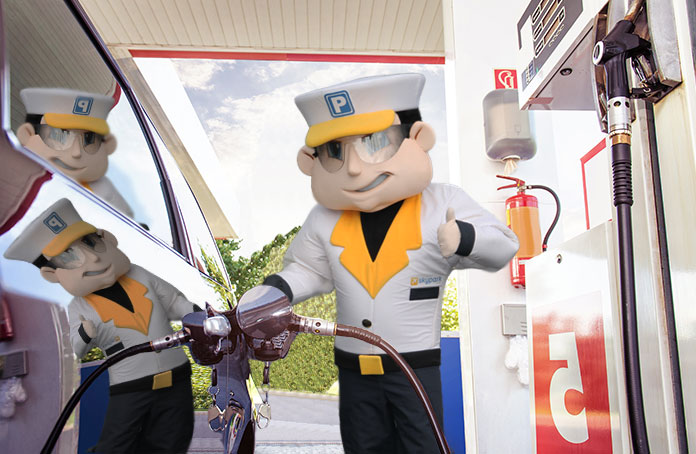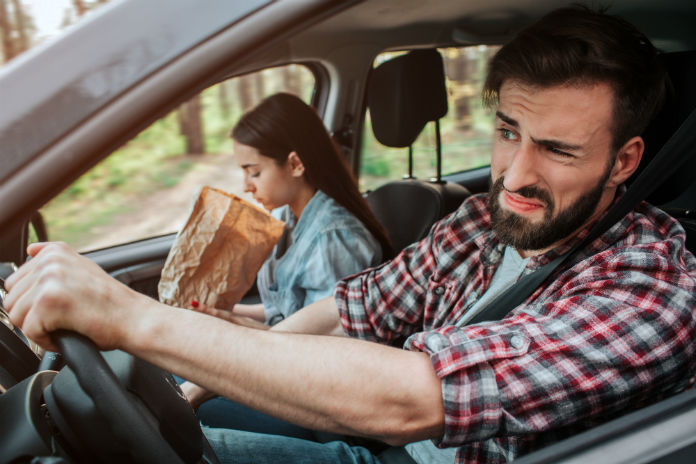At SkyParkSecure we like to protect your money.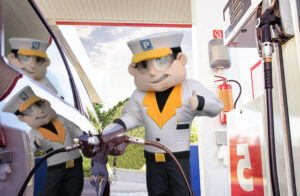
For instance, our airport parking deal finder can help to save you up to 60% on gate prices at reputable car parks!
But today, we’re here to show you how to protect your car while driving — whether you’re travelling to the airport once a year or driving to work every day!
1. Use the correct fuel
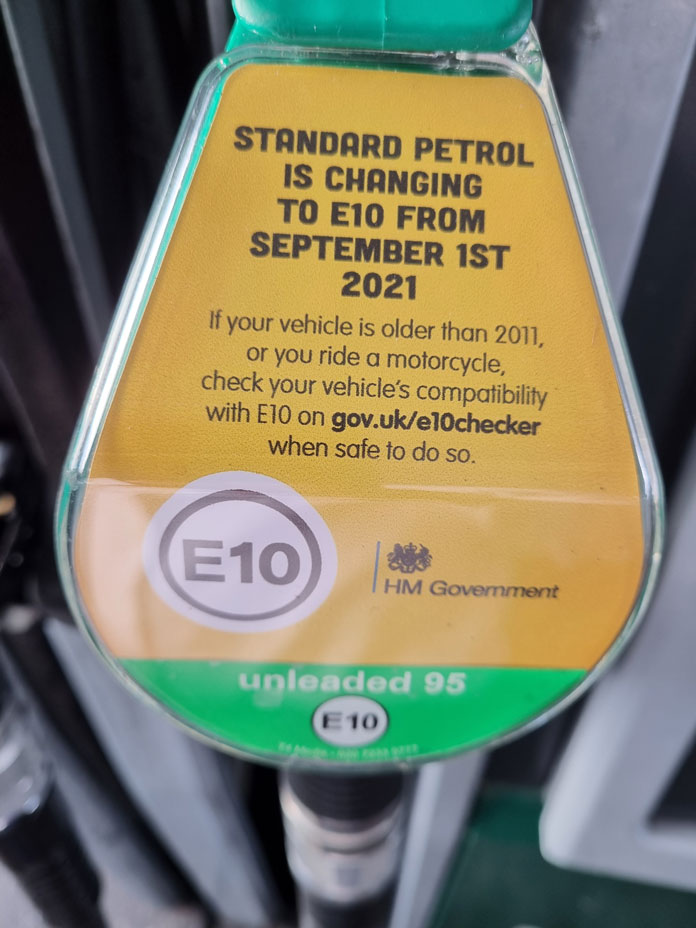
As of September 2021, standard petrol will be changing from E5 to E10. This change will mostly affect cars older than 2011 or motorcycles. The gov website has a handy tool to ensure your car can perform on this newer fuel type. So check before you travel!
What do you do if your vehicle isn’t compatible?
The government has advised that older/classic vehicles use the E5 unleaded which is available at some fuel stations. This will be sold as either premium or super unleaded. The selling of E10 fuel is not required by law in remote places and the DfT have vowed to protect E5 fuel supply for a minimum of 5 years.
What do you do if you fill up your incompatible car with E10?
The EAMA have advised that your fuel tank may need to be drained, so it is best to follow the same guidance as if you accidentally fill your petrol engine with diesel and vice versa. Make sure to contact the dealership you purchased your vehicle from and the manufacturer.
2. Reduce Wind Resistance
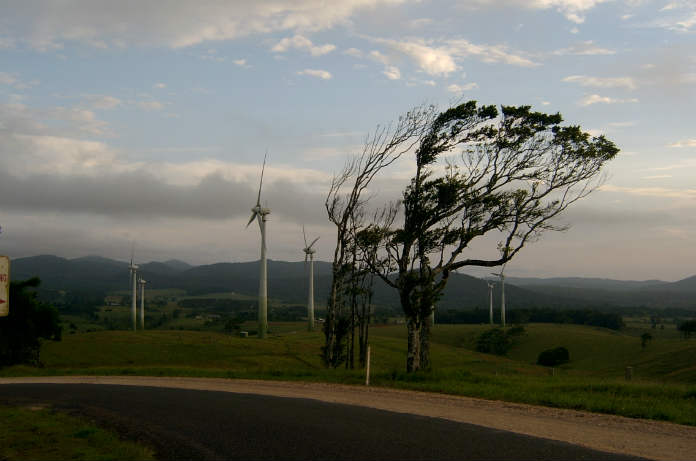
One of the simplest changes you can make involves taking a look at the aerodynamics of your car.
Gift card site Zeek advises customers to have a spring clean of their car. Removing unnecessary clutter will make your car lighter, requiring less effort to accelerate and using less fuel.
They also advise that if you use a roof rack, you should remove this when it’s not needed. This will reduce the drag on your vehicle.
Just these two changes can cut your fuel consumption by up to a fifth.
3. Sloooooooow Down
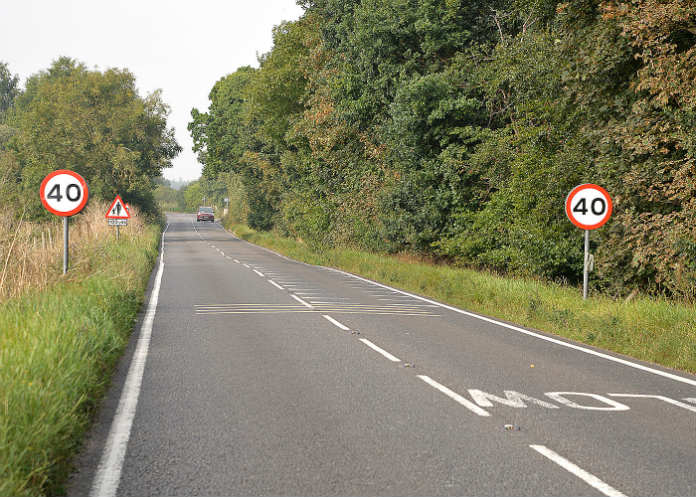
If you’re zooming down the motorway at 80mph (which you definitely shouldn’t be), you’re actually burning through your fuel supplies at a ridiculous rate
Dropping from 80mph to 70mph could save you up to 25% in fuel as well as avoiding potential speeding fines.
And cutting your speed from 70mph to 60mph could save a further 10%!
If you’re concerned about taking ages to get anywhere because you’ve reduced your speed, Lifehacker has done some extensive research on why this isn’t the case.
Not only is the amount of time you could potentially save by speeding not all that impressive, any traffic you run into basically negates these time gains anyway.
4. Drop the Revs
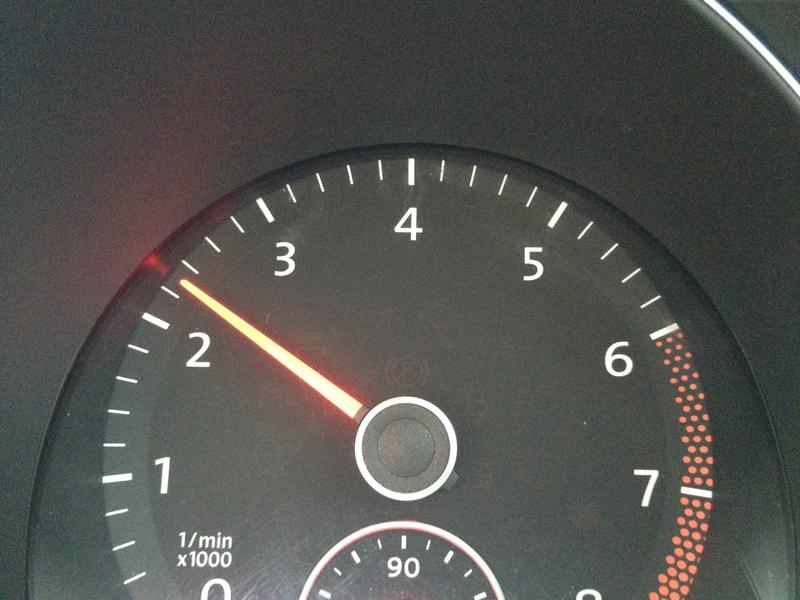
If you’ve been driving for years, you probably don’t even think about changing gears anymore.
It’s all on auto-pilot!
But did you know that letting your revs run to 3,000 per minute (petrol) and 2,500 (diesel) before changing up a gear causes you to use a lot more fuel?
It’s more efficient to move up a gear at 2,500 (petrol) and 2,000 (diesel).
Basically, the sooner you can get up to fifth or sixth gear, the better!
5. Don’t Drive with Tired Tyres
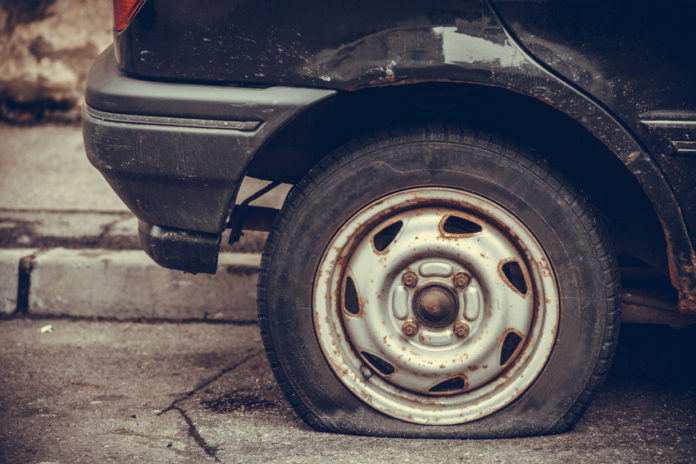
Well maintained tyres are essential for safe and economical driving.
According to a resource from 1st Central, around 15% of your overall fuel consumption comes from your tyre resistance. Underinflated tyres increase this resistance and absolutely hammer your fuel consumption!
So check your vehicle tyre pressures regularly — especially before a motorway journey!
6. The Air Con vs Open Windows Debate
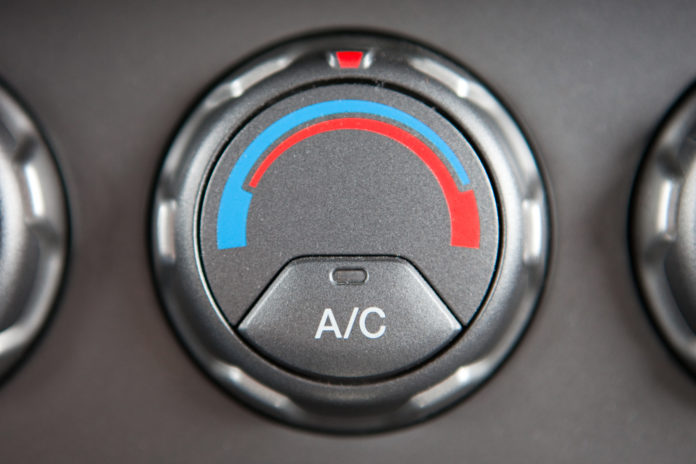
Air conditioning does increase fuel consumption, especially at low speeds.
However, when driving on the motorway, the increase in fuel consumption is less than opening a window.
So if it’s a hot day, use the air conditioning for high-speed driving…
But remember to switch it off and open the windows when you’re driving around town!


